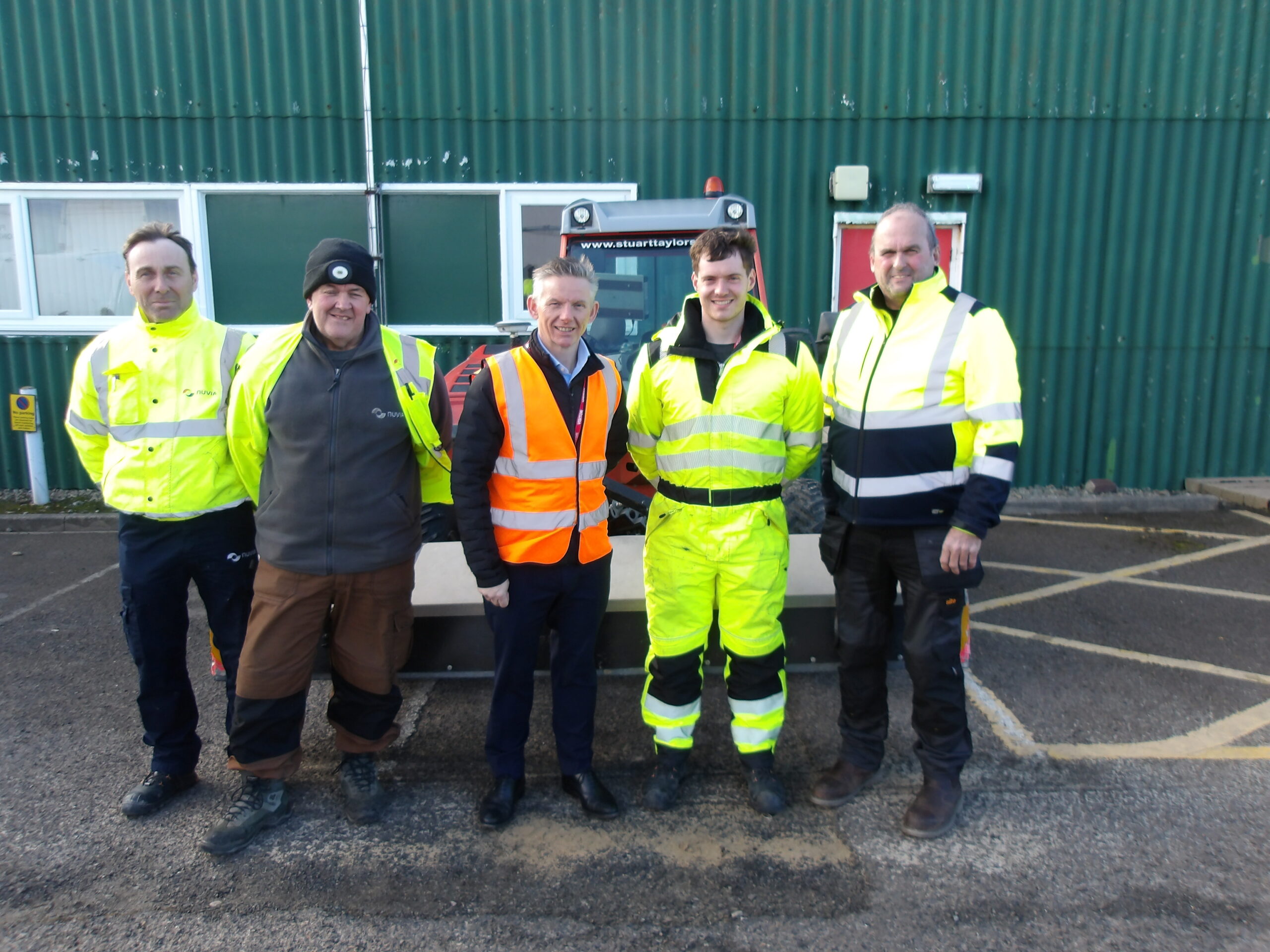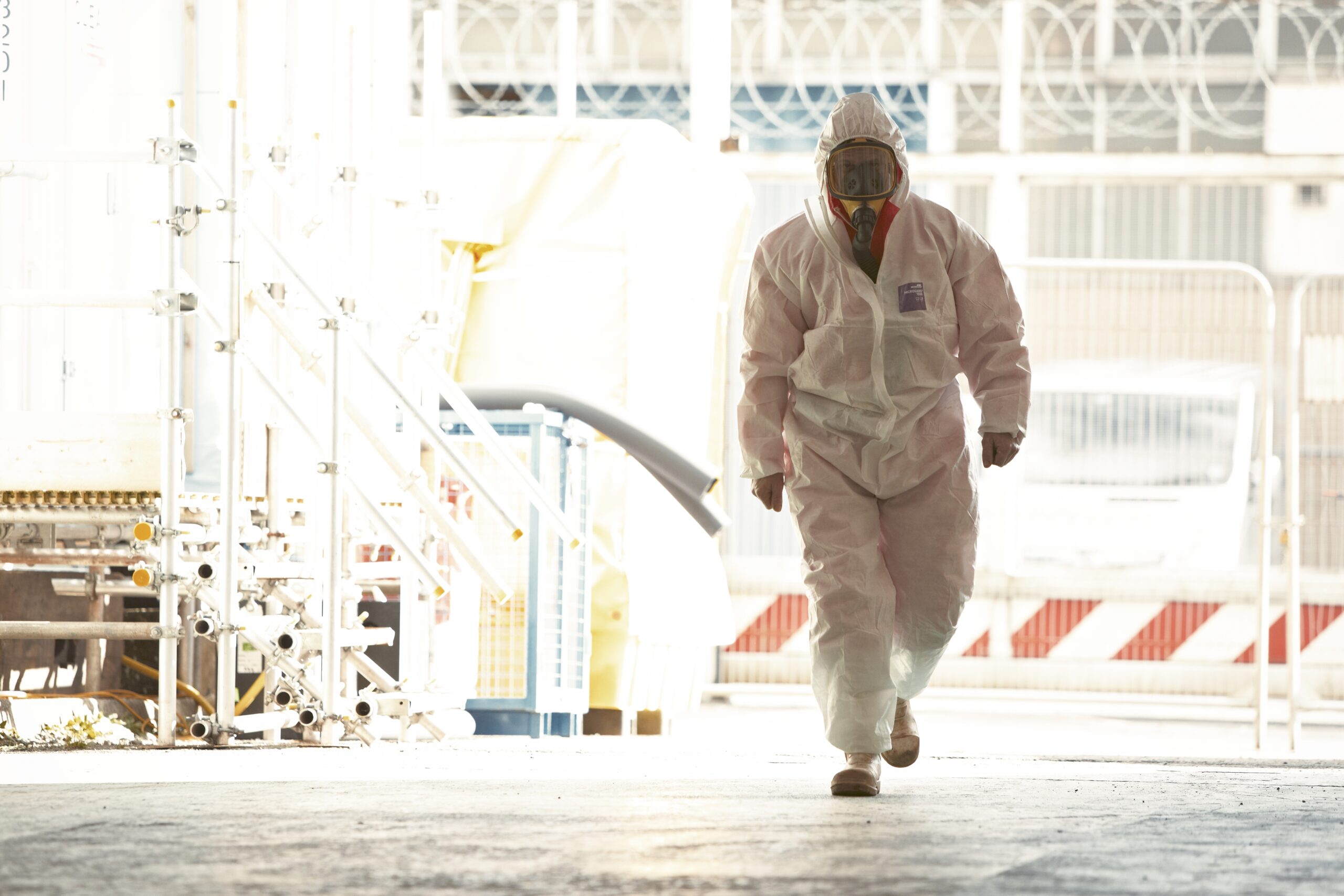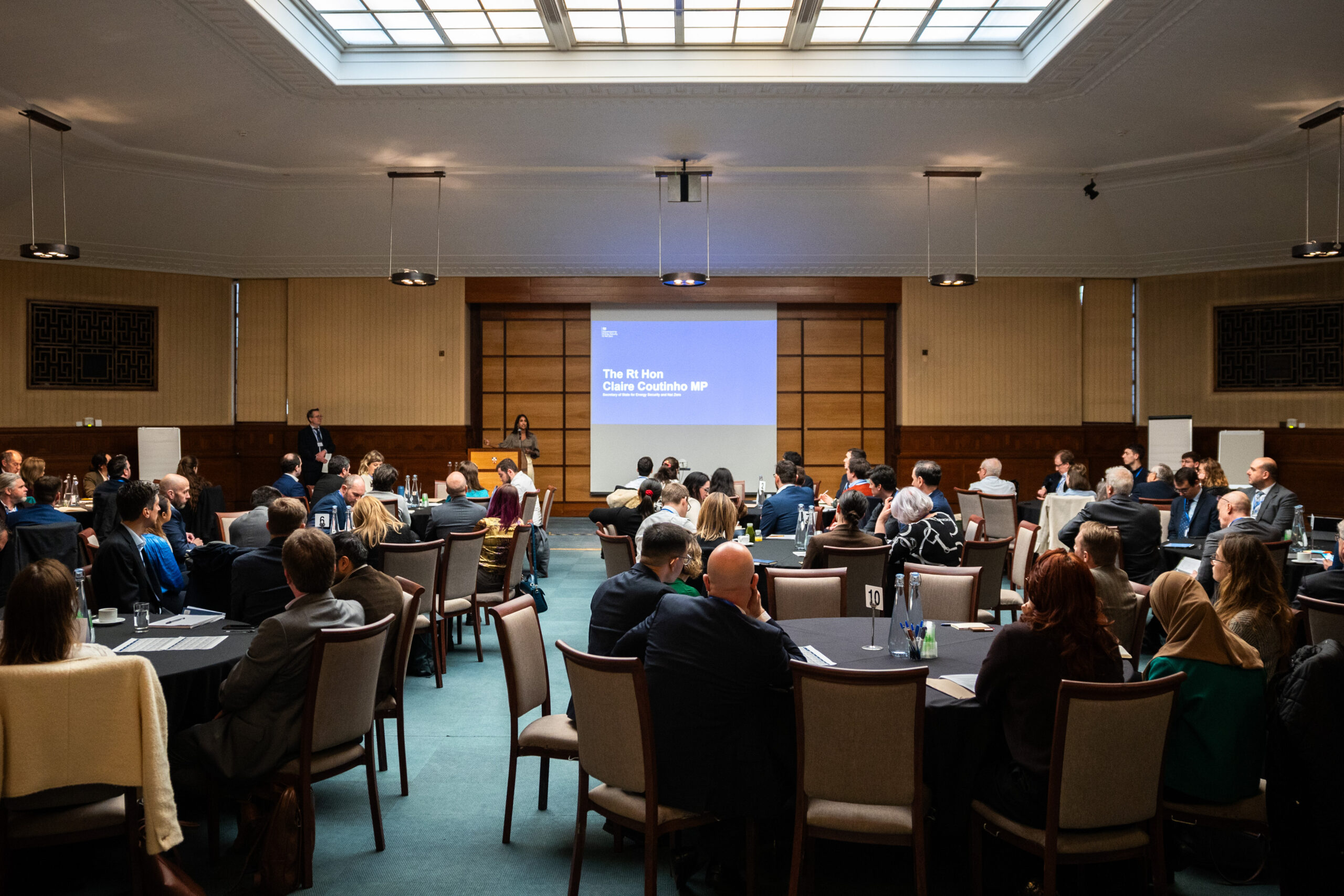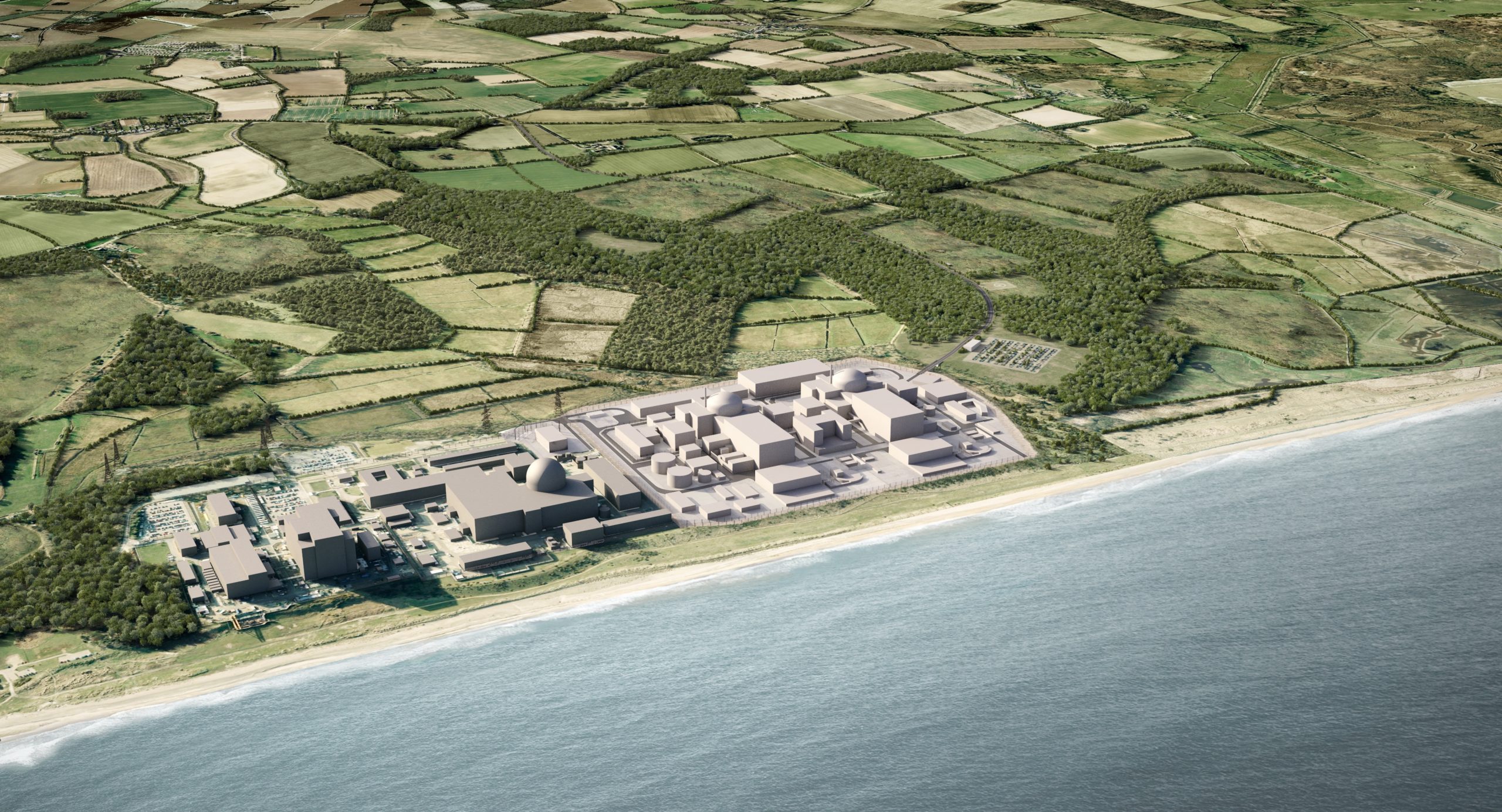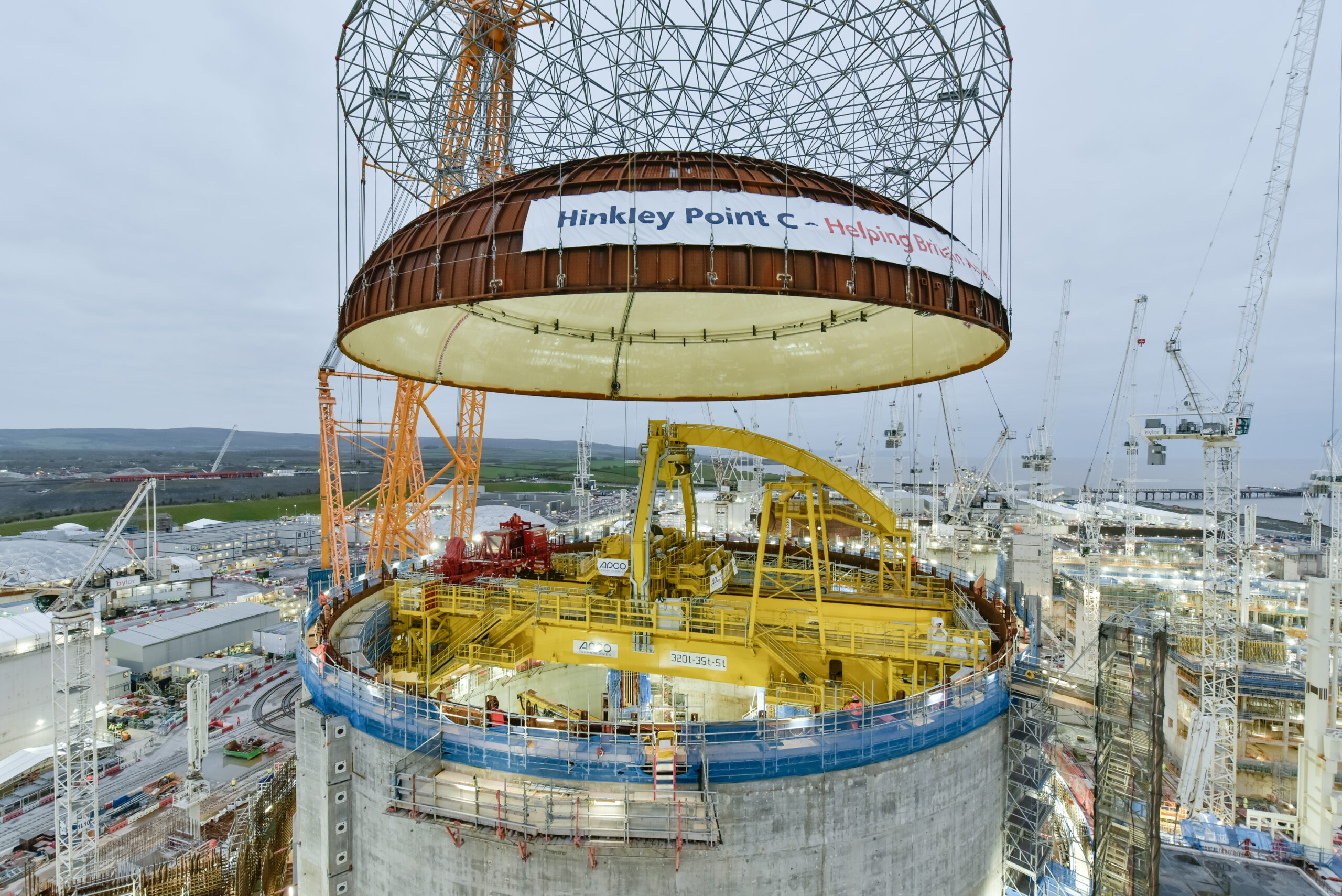Urgent decisions on new build programme needed to sustain growth in nuclear workforce
Nuclear industry employment has grown to its highest level in five years as new nuclear projects are developed, according to the Nuclear Industry Association’s annual Jobs Map. The civil nuclear sector currently employs 64,509 people across the UK, an increase of over 3,000 compared to 2021, although urgent investment is needed to sustain that trend and ensure that nationally critical skills are not lost as the existing nuclear fleet retires.
Hinkley Point C employs around 8,000 people, up from 6,300 in 2021, at the largest construction site in Europe. Over 950 apprentices having been trained on the project to date, and it will continue to support thousands of jobs across the country as it begins its next major phase. As a replica of Hinkley, Sizewell C would also deliver thousands of new jobs, so government action to get the project to a Final Investment Decision is vital. New build projects continue to play a vital role in sustaining the UK’s skills base and providing incentives for young people to enter the nuclear sector.
Innovations in advanced nuclear technology have also driven the sector’s strong employment presence, with a strong and growing workforce led by Rolls-Royce developing its SMR in Derby and Warrington. Over 330 jobs have already been created, more than double last year’s number, and Rolls-Royce SMR deployment could create 6,000 additional jobs. The UK is also pursuing next-generation High Temperature Gas-Cooled Reactor designs that would also be led by and build on the achievements of British engineering.
Elsewhere, the UK’s world-class nuclear fusion research expertise sees more than 2,200 people employed at the Culham Centre for Fusion Energy in Oxfordshire, as another solution for a net zero twenty-first century.
The nuclear industry remains a vital engine of regional economic development, with more than 25,700 people employed in the North West in decommissioning, fuel cycle research, reactor design and other disciplines. In the South West, the sector employs over 15,000 people, with £4.1 billion already spent across the region from the Hinkley Point C project, more than twice the initial target of £1.5 billion set at the project’s outset.
Tom Greatrex, Chief Executive of the Nuclear Industry Association, said:
“The nuclear industry stands alone in sustaining tens of thousands of high-skilled, well-paid jobs which make a significant contribution to UK energy security and our net zero future.
“We can have more of these jobs and opportunities for the next generation if we get on with building new stations – both a fleet of modular reactors and large-scale plants – to meet the Government’s commitment for more secure, reliable and British power.”
Ian Liddell-Grainger, Bridgwater MP, covering Hinkley Point C, & Chair of the Nuclear Energy APPG, said:
“These figures show how the Nuclear Industry can support the Government’s levelling-up agenda by creating thousands of highly skilled jobs and opportunities across the Country.
“We can create more jobs by investing in our Nuclear Industry, which is vital to decarbonise our economy, ensure our security of supply and meet our net zero ambitions for 2050.”
Sue Ferns, Prospect Union, Senior Deputy General Secretary, said:
“The nuclear lifecycle supports good quality, highly productive employment. It brings a significant economic boost, including to levelling up regional and local economies, and is vital to the UK achieving both energy security and net zero.
“But none of this can be taken for granted. Government must act now to confirm its investment decision for Sizewell C as well as setting out a clear timescale and milestones for a new build programme underpinned by a comprehensive programme of investment in workforce skills and diversity.
“The time for warm words is over. If the PM is serious about going for growth, we now need to see practical progress.”
Andy Prendergast, GMB National Secretary, said:
“This jobs map shows just how important the nuclear industry is to the UK, providing good, well paid, unionised jobs which offer real career opportunities for working people up and down and the country.
“At a time of when we find ourselves in an energy crisis, it’s even clearer that nuclear can be relied upon for the secure, clean energy which we desperately need.”
Simon Coop, Unite National Officer for Energy and Utilities, said:
“Nuclear continues to deliver jobs growth year on year and this is welcome news. However, this is not the time for complacency we call on clear investment decisions on a new nuclear fleet and many other nuclear projects to happen without delay from the government.
“This will give us a more certain path to net zero and also energy security for the UK has part of a balanced energy policy”.
ENDS
Notes to editors:
- The full 2022 Jobs Map is available to download here.
- The UK has five generating nuclear power stations, providing around 16% of the country’s electricity from 5.9 GW of capacity.
- Two further stations will retire by March 2024, and all but one will retire by March 2028.
- Hinkley Point C, the only new nuclear power station under construction in the UK, is due to begin generating in 2027.
- Nuclear has saved the UK 2.3 billion tonnes of carbon emissions, far more than any other source. The saving is equivalent to all UK emissions from 2015 through 2020.
About the Nuclear Industry Association
As the trade association for the civil nuclear industry in the UK, the Nuclear Industry Association represents more than 250 companies across the UK’s nuclear supply chain.
Links
Visit our website: www.niauk.org
Follow the NIA on Twitter @NIAUK and LinkedIn
For further information, please contact:
Iolo James
[email protected]
+44 7517 108023





